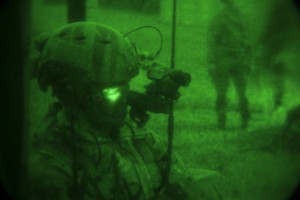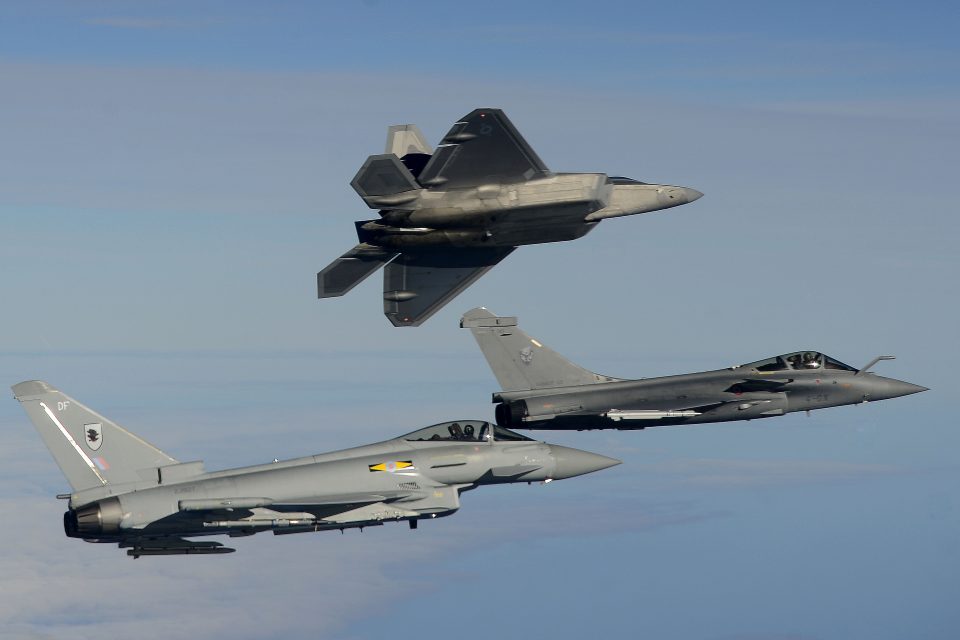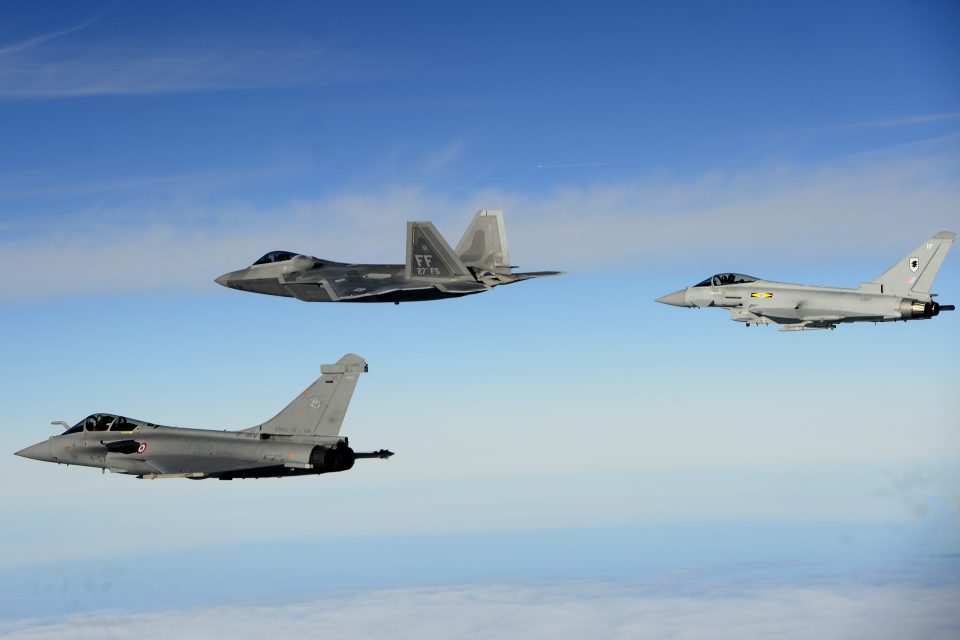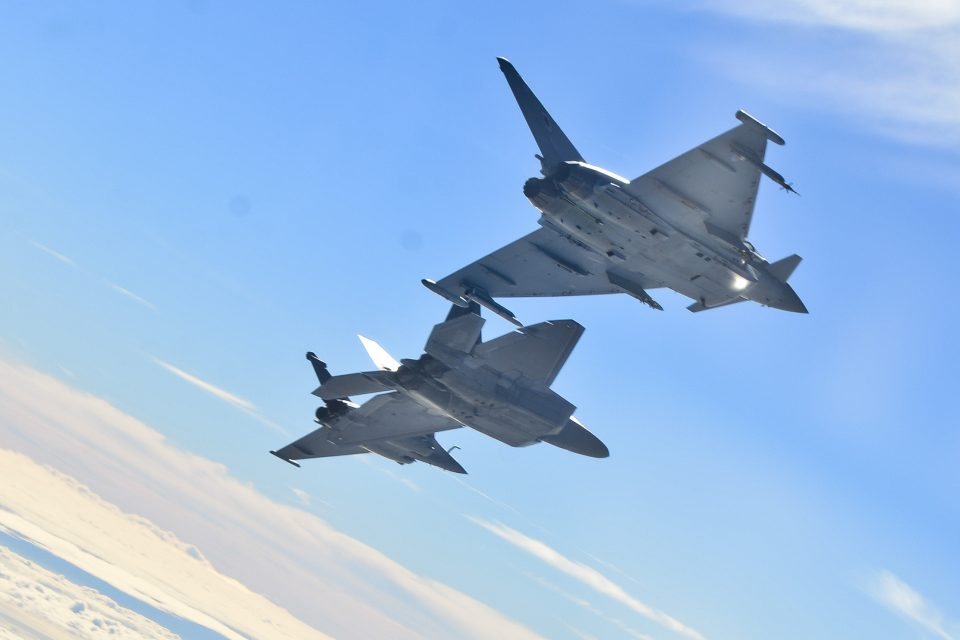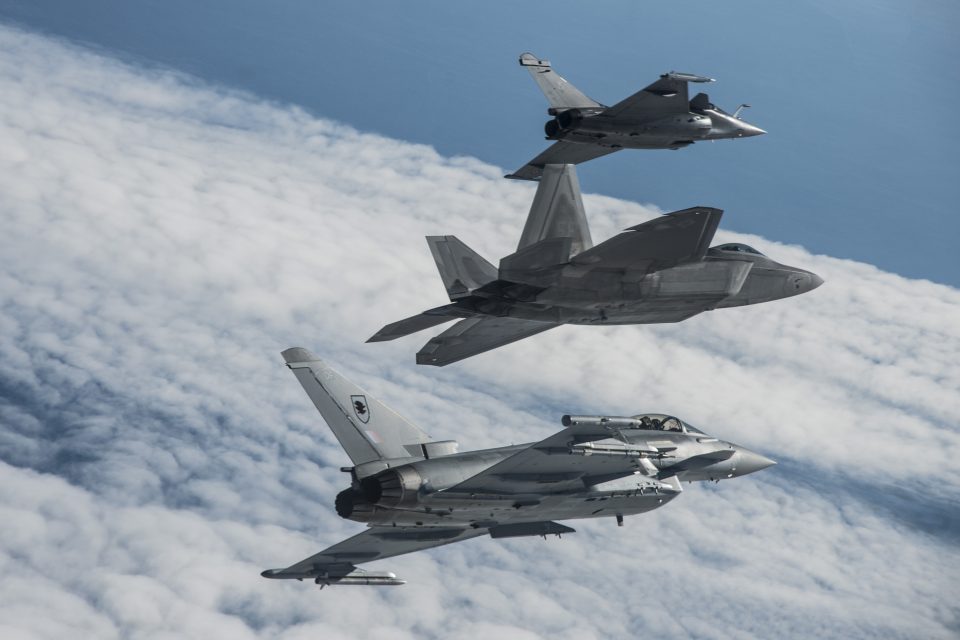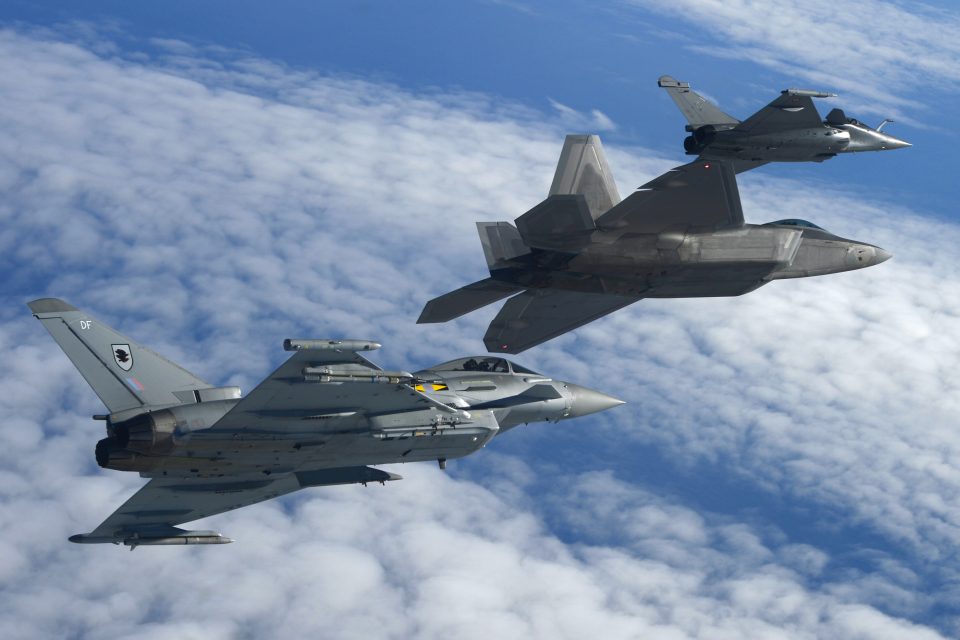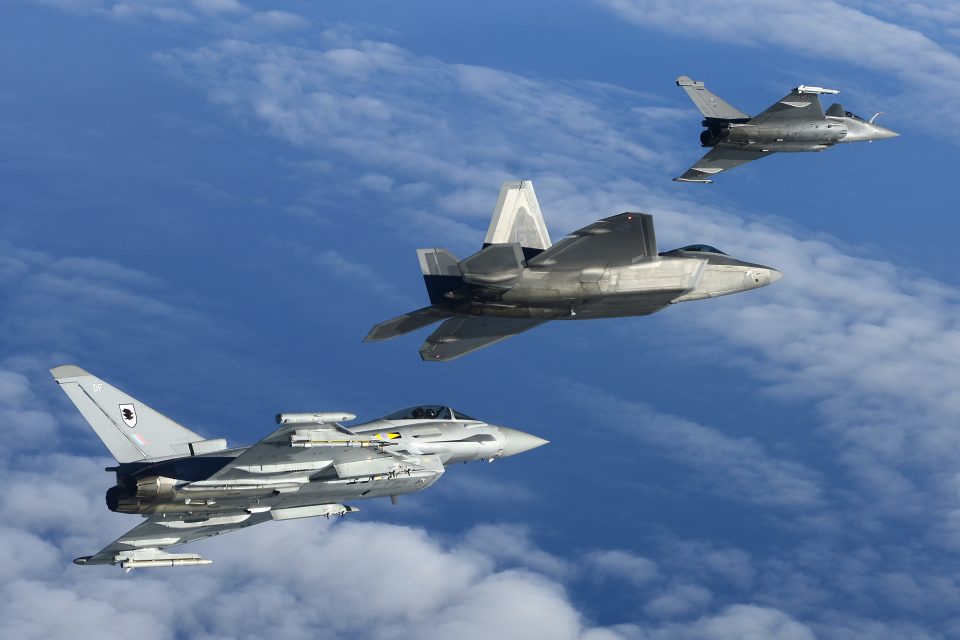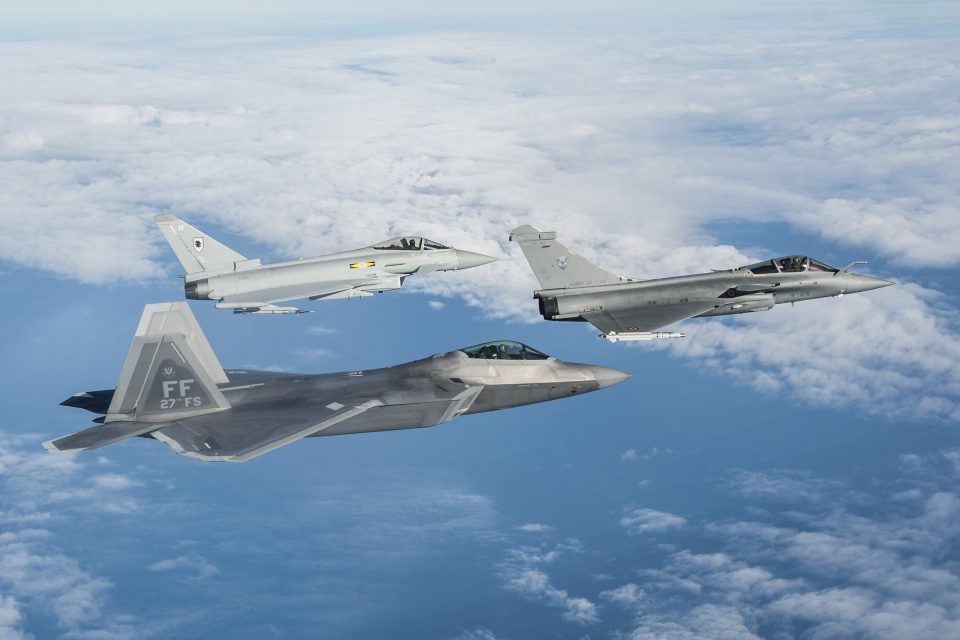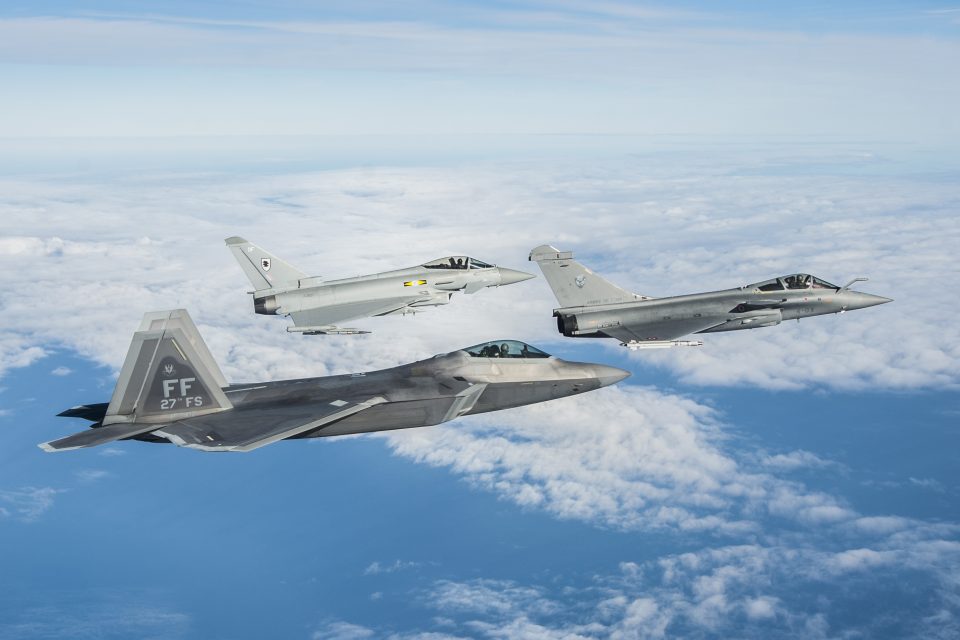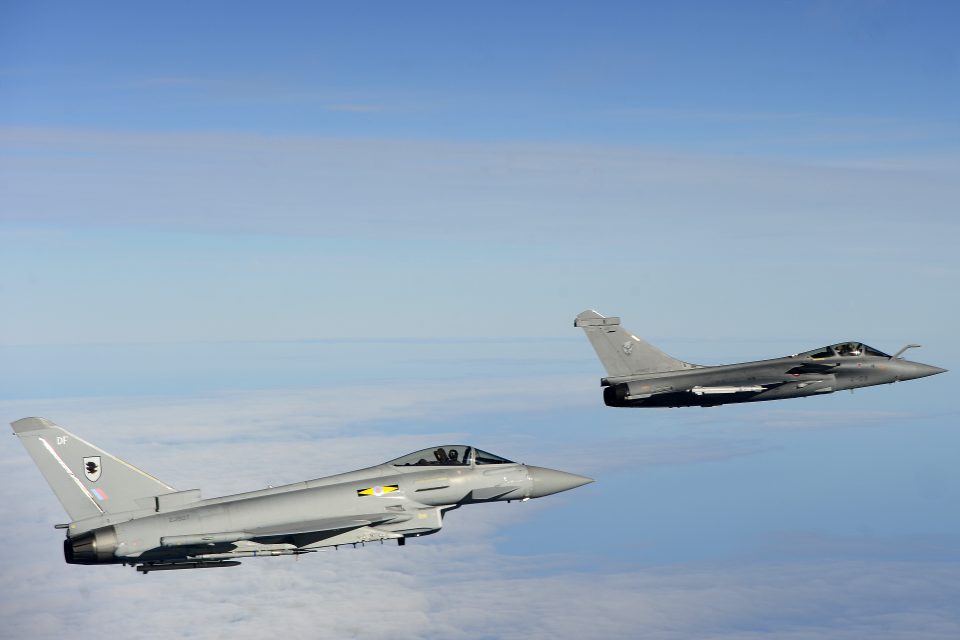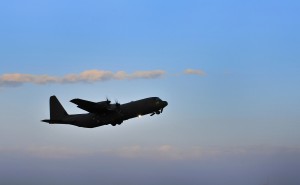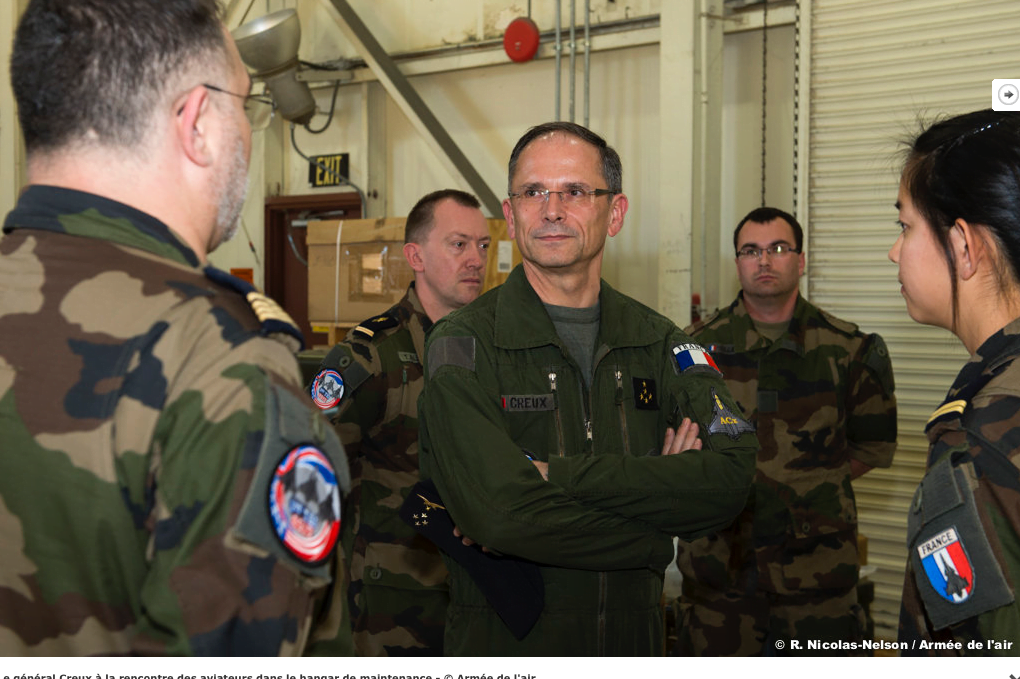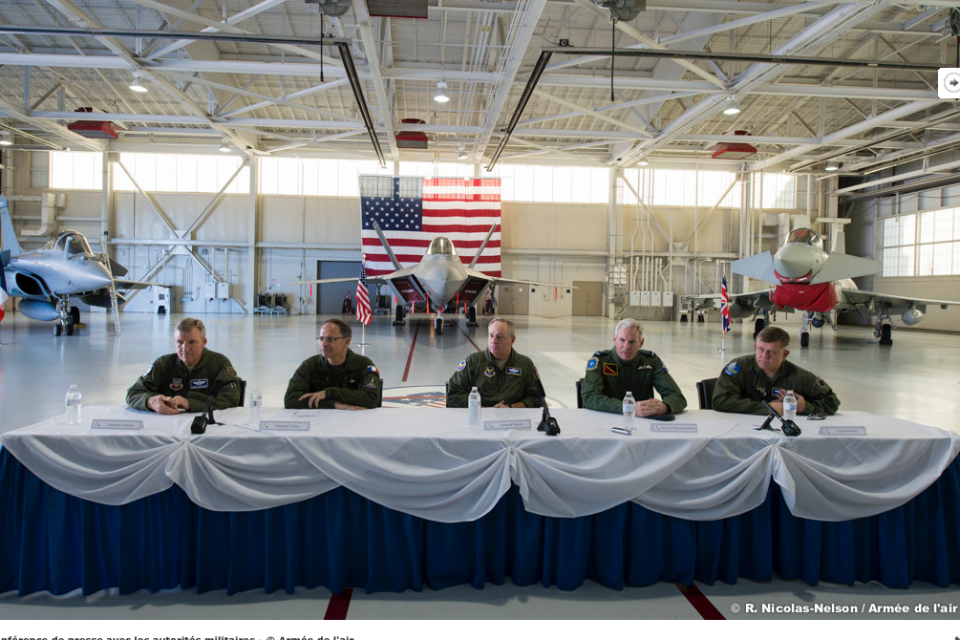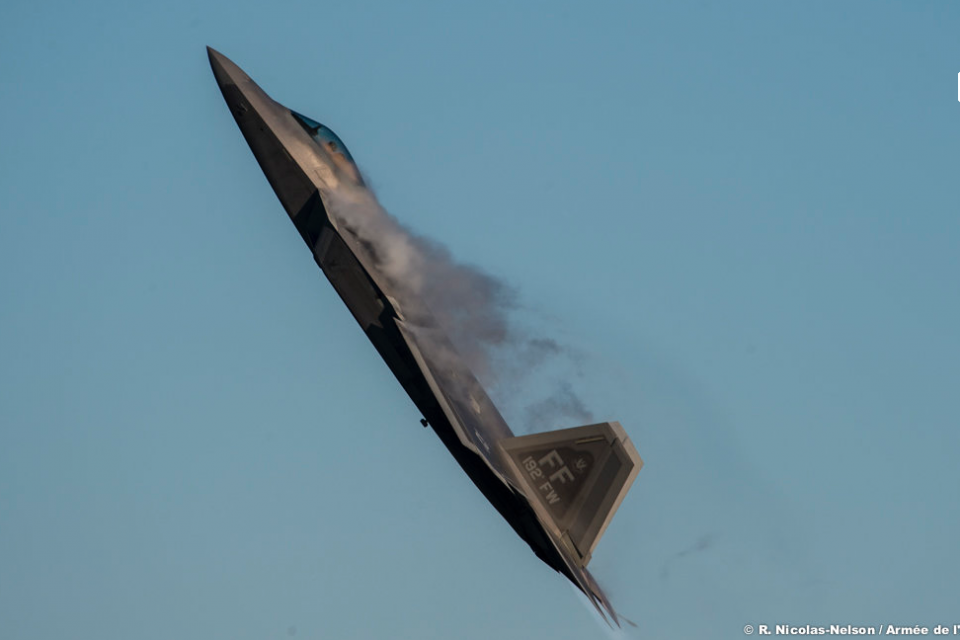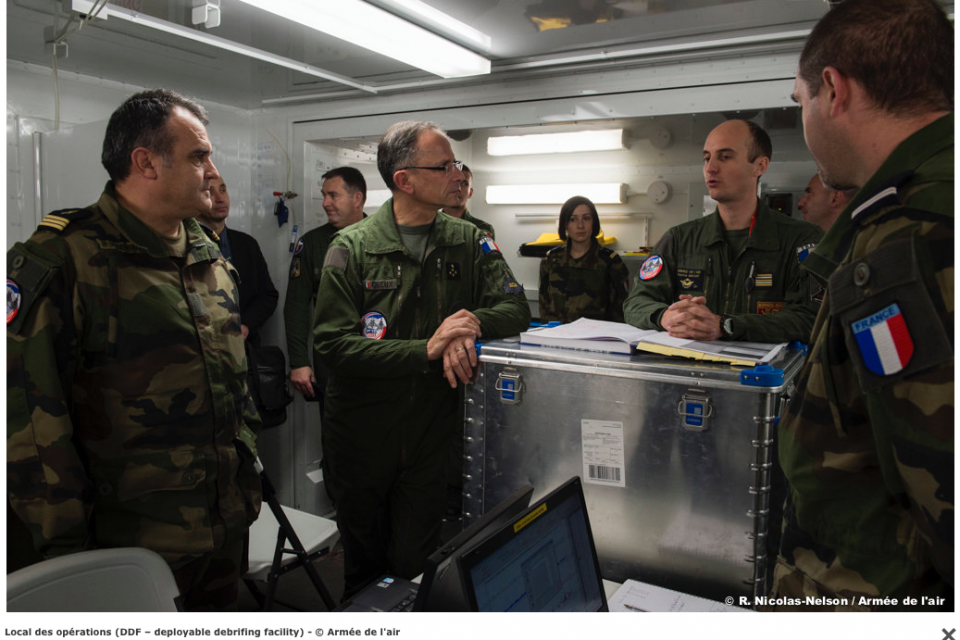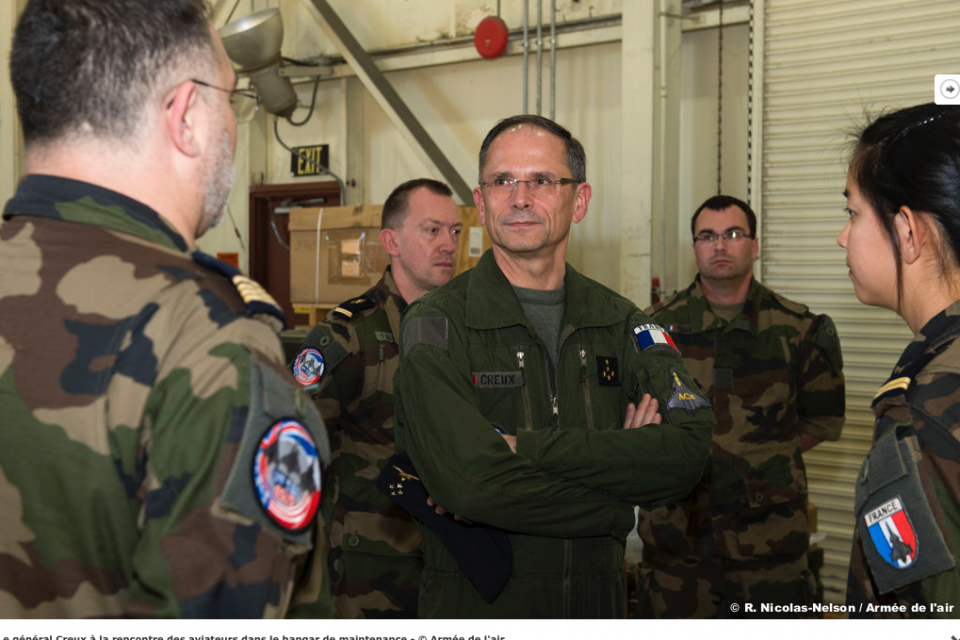2016-01-09 By David Scott
In recent years three processes have caught the attention of the world.
Firstly, climate change has brought the Arctic Ocean into prominence, as melting unlocks its previously frozen waters.
Secondly, China’s economic rise presents a power-shift challenge for the international system.
Thirdly, the combination of these two processes has generated a further process in which China is increasingly entering into Arctic affairs.
The Arctic primarily consists of a hitherto largely ice-bound Arctic Ocean and an Arctic littoral made up of parts of the United States (Alaska), Canada, Denmark (Greenland), Iceland, Norway (Svalbard/Spitzbergen), Sweden (Lapland), Finland, and Russia, which lie above the Arctic Circle.
Although geographically China is far away from the Arctic and is not an Arctic state, its own power projection is making it an Arctic actor, and increasingly a player in Arctic geopolitics.
Indeed, on 20 May 2013, the government-controlled Beijing Review carried an article titled “How China became an ‘Arctic State,” which contained the assertion that “China has ultimately managed to re-shuffle the Arctic balance of power in record time”.
China now refers to itself as a “near Arctic state” (jin beiji guojia); an “Arctic stakeholder” (beiji lihaiguanxguo) with strategic interests to gain, maintain and, if need be, defend.
China’s Perspectives
The Arctic caught China’s attention in 1995, when a group of Chinese scientists and journalists travelled to the North Pole on foot and conducted research on the Arctic Ocean’s ice cover, climate and environment.
China’s first Arctic research expedition by sea took place in 1999, with further Arctic research expeditions in 2003, 2008 and 2010. The 5th Arctic research expedition in September 2012 was a particularly significant trip, which saw the icebreaker Xue Long (Snow Dragon), the world’s largest non-nuclear research icebreaker, became the first Chinese ship to sail through the Arctic into the Barents Sea.
The expedition’s scientific research included a systematic geophysical survey, installing of an automatic meteorological station, and investigating methane content in the Arctic area. The research team also held academic exchanges with their counterparts in Iceland. Upon return the vessel sailed a straight line from Iceland to the Bering Strait via the North Pole.
The 6th Arctic research expedition in July 2014, again by China’s icebreaker Xue Long, went across the Bering Sea, Chukchi Sea and Canada basin. A new ice- breaker is scheduled for delivery in 2016.
Beijing’s annual spend on polar expeditions has tripled in the last ten years and it is making a massive investment in polar-related infrastructure, although the Antarctic gets the lion’s share of China’s polar budget, 80% compared to the Arctic’s 20%.
The overall goal of China’s current five-year polar plan is to increase China’s status and influence in polar affairs. This was reflected in the 2013 National Annual Report on Polar Program of China, when Liu Cigui, director of the State Oceanic Administration (SOA), described China’s push as “extensive involvement in polar affairs.”
Speculation continues on the purpose and impact of China’s increased polar activities.
Such concerns are linked to a wider debate about China’s international behavior as it flexes its growing economic and military power.
This growing presence is why Chinese official Liu Cigui stressed in an editorial in China Ocean News in November 2014 that China’s polar policy was intrinsically tied to the national goal of becoming a “maritime power” (haishang qiangguo).
This goal, first unveiled by Chinese former president Hu Jintao in 2012, has remained a foreign policy priority under current president Xi Jinping. Liu also asserted that “today, we are already standing at the starting point of a brand-new historical era, of striding toward becoming a polar-region power.”
The context was that President Xi Jinping had just referred to China as a “polar great power” (jidi daguo) when he visited Australia in November 2014.
At the governmental level, the Arctic has become very much a matter for Chinese foreign policy in the last decade.
In July 2009, Assistant Minister of Foreign Affairs Hu Zhengyue arrived in Svalbard as part of his ‘High North Study Tour’, which included a formal public outline of China’s Arctic interests. This Arctic foreign policy was also demonstrated by the headline-making visit to Iceland in 2012 of Prime Minister Wen Jiabao, as well as by China’s successful bid for observer status at the Arctic Council in 2013.
Speaking at the Arctic Circle Assembly in Iceland on 1 November 2014, Jia Guide from the China’s Ministry of Foreign Affairs stressed China’s pragmatic approach and noted accurately enough that “China-Nordic Arctic co-operation is increasingly expanding from research areas to economic areas, like shipbuilding, shipping, and resource development”.
A quasi-official role is played by the Chinese Arctic and Antarctic Administration (CAA), set up in 1981 as a subordinate body within the State Oceanic Administration (SOA). Its remit is two-fold: to pursue “scientific research, and peaceful development.”
Such a polar push is further maintained at the research level in China by the Polar Research Institute (PRI) set up in 1989, which handles China’s research stations in the Antarctica and Arctic.
With this aim in mind, the PRI recently opened a new division devoted to the study of resources, law, geopolitics and governance in Antarctica and the Arctic. It was no surprise that the PRI noted on 17 December 2014 that besides conducting research into Arctic resources and waterways, the organization will also aim to participate in “relevant working group meetings of the Arctic Council and increase China’s influence” in Arctic affairs in coming years.
At the non-governmental level, China has steered away from too much involvement with the United States, and indeed Russia.
Instead the most notable discussions have been fostered since 2013 under the China-Nordic Arctic Cooperation Symposium (CNACS), as established by the PRI.
Who are CNACS’s members?
On the Nordic side are research institutes from Denmark, Finland, Iceland, Norway and Sweden.
On the Chinese side, some members are from similar academic research backgrounds, like the Centre for Polar and Oceanic Studies at Tongji University, the Research Institute of Polar Law and Politics at Ocean University of China, and the Centre for Polar and Deep Ocean Development at Shanghai Jiao Tong University.
All these represent straightforward academic inputs from China.
However, the Institute of International Studies (IIS) at Shanghai and the Strategic Studies Di- vision at the Polar Research Institute represent bridges into wider foreign policy-making discussions in China. At the first CNACS symposium, in June 2013, Yang Huigen, head of the PRI, announced that China’s outreach to Arctic nations was “part of the widening economic co-operation among countries under the context of globalization”.
Previously, China’s stated interest in the Arctic has been primarily for scientific research, signaled in 1996 when China joined the International Arctic Science Committee. China continues to justify its focus on Arctic issues by emphasizing the global impact of the shrinking ice cap affecting itself and others.
However, in reality, there are important strategic imperatives pulling China into these northern reaches.
China’s interest in the Arctic is primarily geo-economic. Partly, the geo-economics is a matter of trade.
On the one hand, China’s current trade with Europe goes through the Strait of Malacca across the Indian Ocean and through the Suez Canal. This is a lengthy route that, in the so-called ‘Malacca dilemma’, is easily choked by the United States and also India.
On the other hand, the Arctic sea routes are shorter.
Consequently, alternative sea routes going above Eurasia offer significant savings in time and costs for China: does an “ice Silk Road” (bing silu) beckon for China?
And partly, the geo-economics is a matter of mineral and energy resources found on the Arctic seabed and littoral land.
China’s Involvement with Arctic States
Even as China increasingly bumps up against the US in the Asia-Pacific, it has generally stayed clear of interaction with the U.S. on Arctic matters, though China’s growing presence in the Arctic has certainly raised US eye- brows.
Hence the article carried by The New York Times in 2012 by Didi Kirsten, titled “China and the Northern Great Game”. The deployment of the Chinese navy into the Bering Sea in September 2015, including into U.S. Alaskan Arctic waters, raised specific US concerns.
China has, though, taken no position on the dispute between the United States and Canada over whether the Northwest Passage going through the Canadian archipelago consists of international waterways with rights of free passage without encumbrance, which is the U.S. position, or whether these are internal Canadian waters over which Canada can exert control and restrictions, which is the Canadian position.
China’s concerns remain de facto access and transit for itself, rather than involvement in de jure sovereignty claims of others. The YONG SHENG was the first Chinese cargo vessel to traverse this passage in August 2013. It is perhaps noteworthy that China has expressed interest in building a Chinese research outpost in the Canadian Arctic, at Tuktoyaktuk or Cambridge Bay.
With regard to the so-called Northern Sea Route most of that is under Russian control.
The trip from Shanghai to Hamburg via this route, which runs along the north coast of Russia from the Bering Strait in the east to Novaya Zemlya in the west, is around 6,400 kilometers shorter than the existing route via the Strait of Malacca and the Suez Canal. The Hong Xing became the first Chinese cargo vessel to traverse this route in August 2013.
Its owners, the Chinese cargo-shipping giant China Ocean Shipping, announced plans in October 2015 to launch the first regular Asia-to-Europe sailings through the Arctic. Russia’s Arctic seas are also the focus for Chinese energy exploration, where deals have been made between China’s state-owned company China National Petroleum Corporation (CNPC) and Russia’s Rosneft and Gazprom corporations to drill in the Pechora and Barents Seas in the Arctic.
At the top of the Barents Sea, the Svalbard (or Spitzbergen) archipelago belongs to Norway. However, under the Spitzbergen Treaty signed in 1920, outside nations have rights of economic and scientific access. The treaty received China’s signature in 1925.

However, China’s involvement under the Republic of China and then the People’s Republic of China remained nominal, until 2004 when a permanent Chinese Arctic station, the Huanghe (Yellow River) Station, was erected near the main settlement Longyearbyen. Its official nature is scientific research centered on climate issues, the environment and atmospheric conditions, but suspicions continue to surround China’s intentions.
Indeed, in September 2014 Chinese efforts to build a new large radar antenna there were turned down because Norwegian authorities feared more spying, despite Chinese claims that it was aimed at studying the polar atmosphere and solar winds.
Greater economic penetration has been achieved by China in Greenland.
Although Denmark is still responsible for foreign policy and defense, the autonomous Greenland administration is moving, inexorably it would appear, towards independence in the near future. China has been able to project itself as a friendly face for the future.
Quite simply, China hopes to entice Greenland’s 57,000 inhabitants into further loosening Danish rule, in order to assist its own mercantilist drive towards Arctic resources. Mineral resources are the order of the day in Greenland.
Consequently, China’s state-owned mining firm Sichan Xinue Mining has agreed to finance a major international mining project at Greenland’s Isua iron-ore field. Other Chinese state-owned mining companies such as Jiangxi Zhongrun Mining and Jiangxi Union Mining are also looking at prospecting not only for iron ore but also for scarce earth resources like gold and copper.
The other significant Chinese entry point seems to be Iceland, a presence with geopolitical significance.
Nestling by the Arctic Circle, Iceland is in one direction the middle of the transatlantic routes between North America and Europe, and in another direction is a gateway into the Arctic Ocean and the ‘Arctic Bridge’ sea route.
The context for China’s growing presence in Iceland is Iceland’s search for alternative sources of investment to kick-start an economy that had been particularly hard hit by the global recession of 2008-2009. In effect China came to Iceland’s rescue, as signaled by Prime Minister Wen Jiabao’s visit in April 2012 and the signing of a document pack defining bilateral economic co-operation.
A Free Trade Agreement in 2013, the first such free-trade agreement between China and a European state, has put the EU on the backburner. Iceland’s decision to suspend accession talks with the EU in 2013 led to Beijing taking advantage of the tensions between Reykjavik and Brussels and offering a currency swap amounting to $406 million.
It also led to worries over China’s diplomatic influence generally. Of some significance is that of Iceland’s two potential oil and gas shelf sites, Dreki and Gammur, Dreki is operated by a joint venture of the state-owned China National Offshore Oil Corporation (CNOOC), Eykon Energy and Petoro Iceland, in which the Chinese side has a 60% majority control share.
One parallel storyline has been Chinese attempts to buy up plots of land for Arctic tourism in Iceland and Norway, which (like Chinese economic deals) has gene- rated scare stories that in reality seem overblown.
The activities of Huang Nubo, a former official in the Propaganda Department of the Chinese Communist Party, but now a property developer in Beijing leading the Beijing Zhongkun Investment Group, have provided a particularly curious twist.
Who does he really work for, himself or the ruling Chinese Communist Party?
In November 2011 Huang’s attempt to build a vast hotel complex on a 300-square kilometer plot at Grímstaðir in north-east Iceland, roughly a quarter of the size of Hong Kong, was blocked amid some security concerns.
Three years later in May 2014, one million square meters of prime real estate at Lyngen in Norway’s Arctic Far North was provisionally acquired by Huang’s company, amid speculation of further tourist-related ventures on Spitzbergen being blocked by Norway, and warnings in the Norwegian media that Huang was acting as a “straw man” for the Chinese Communist Party (Nordnorsk debatt, 16 May 2014).
This occurred alongside attempts by Hong Kong businesswoman Po Lin Lee to promote Svalbard as a tourist destination, which has included building a new hotel in the center of the main settlement Longyearbyen.
The Future
Some of the future dynamics for China in the Arctic lie in the pace at which climate change and rising temperatures will increase the melting of the Arctic cap, and thereby further extend ice-free passage both seasonally and throughout the year.
Eventually the sea routes hugging the coastlines of Eurasia and North America will be joined by still shorter trans-Polar passage opportunities straight through the Arctic Ocean and across the North Pole. This is the so-called Future Central Arctic Shipping Route that China can seek to use.
Other parts of China’s future Arctic dynamics lie internally in its own economics.
2015 brought signs of China’s economy slowing down, and of stock market falls. What is likely is that the iron grip of energy imperatives, which feeds into ‘regime survival’ considerations, will loom ever larger for China, bringing with it even more interest in the Arctic.
Finally, parts of China’s future dynamics lie externally in its position in the international system.
China is currently a close partner of Russia in terms of implicit unofficial balancing against the United States, and Russia and China have both moved towards increasing military exercises together in north-east East Asian waters.
However, Russia’s wide-ranging sectorial claims, all the way to the North Pole, have not been formally accepted by China, and it would seem that China has reservations for the future over unrestricted Russian control of these Arctic waters.
A pointer for Chinese avenues in the Arctic is the article titled “Arctic aspirations” by Chang Baozhi. This was published in the government-controlled Beijing Review on 25 August 2011, and was aimed at an international audience.
Chang flagged to the world that “China plans to make itself heard”, and that “to that end, it will strengthen co-operation and exchanges with North European countries such as Iceland.”
Reading between the lines, this indicates a sense that the bigger powers like the United States and even its erstwhile partner Russia do (in the case of the U.S.) and could (in the case of Russia) block Chinese aspirations.
In contrast, the smaller Arctic littoral states like Iceland and Greenland present an easier avenue for China, particularly in the wake of the global recession and subsequent euro-crisis that has hobbled Europe in recent years.
They are China’s Arctic avenues for the future…..
This article is reprinted with permission of our partner Risk Intelligence and appears in the latest issue of Strategic Insights.




